In today’s competitive real estate market, first impressions matter more than ever. Buyers scroll through endless property listings, and often, the difference between a home that sells quickly and one that lingers on the market comes down to photography. Professionally captured images can make a listing stand out, attract serious buyers, and even boost the perceived value of a property.
But for an interior photographer, the term “real estate photoshoot” carries some unfortunate baggage: uninspired compositions, flat lighting, and over-retouched images that strip away any sense of authenticity.
It’s not easy to pinpoint where the real estate photography framework actually stems from, whether it’s shaped by realtor preferences or driven by consumer tastes, one thing is clear: it stands far apart from the standards of interior photography, which call for reflection, intention, and a deep sensitivity to the presence of space.
But what if [just maybe] in some parallel universe, photographers approached these shoots with fresh eyes and a more meaningful mindset? What if they treated real estate the way they treat design-driven spaces, with curiosity, care, and a desire to capture the essence rather than just the square footage?
The Power of fresh perspective in Real Estate Photography
1. First Impressions Matter
It’s not just about photographing a home, it’s about seeing every space, every corner, as if it’s on the verge of revealing something extraordinary. From my own experience, transforming a property’s first impression begins with the photographer’s ability to absorb the subtle inspirations of daily life, the very things that make each space unique.
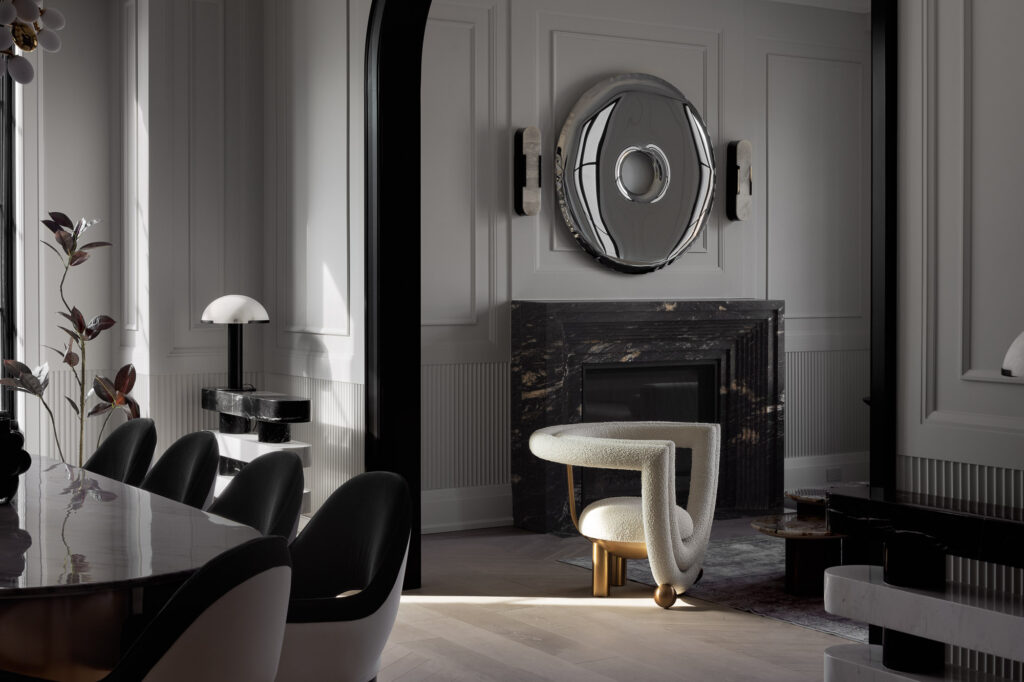
A thoughtful photographer captures with care, framing the interior in a way that evokes familiarity, intimacy, and emotion. The goal is to help viewers empathize, to fall in love with a space that reminds them of something they’ve felt before, maybe even something they’ve called home.
But all too often, conventional real estate photography flattens that potential. It reduces homes to lifeless, copy-paste visuals, soulless compositions that leave no room for story, mood, or memory.
2. dealing with a somthing called luxury!
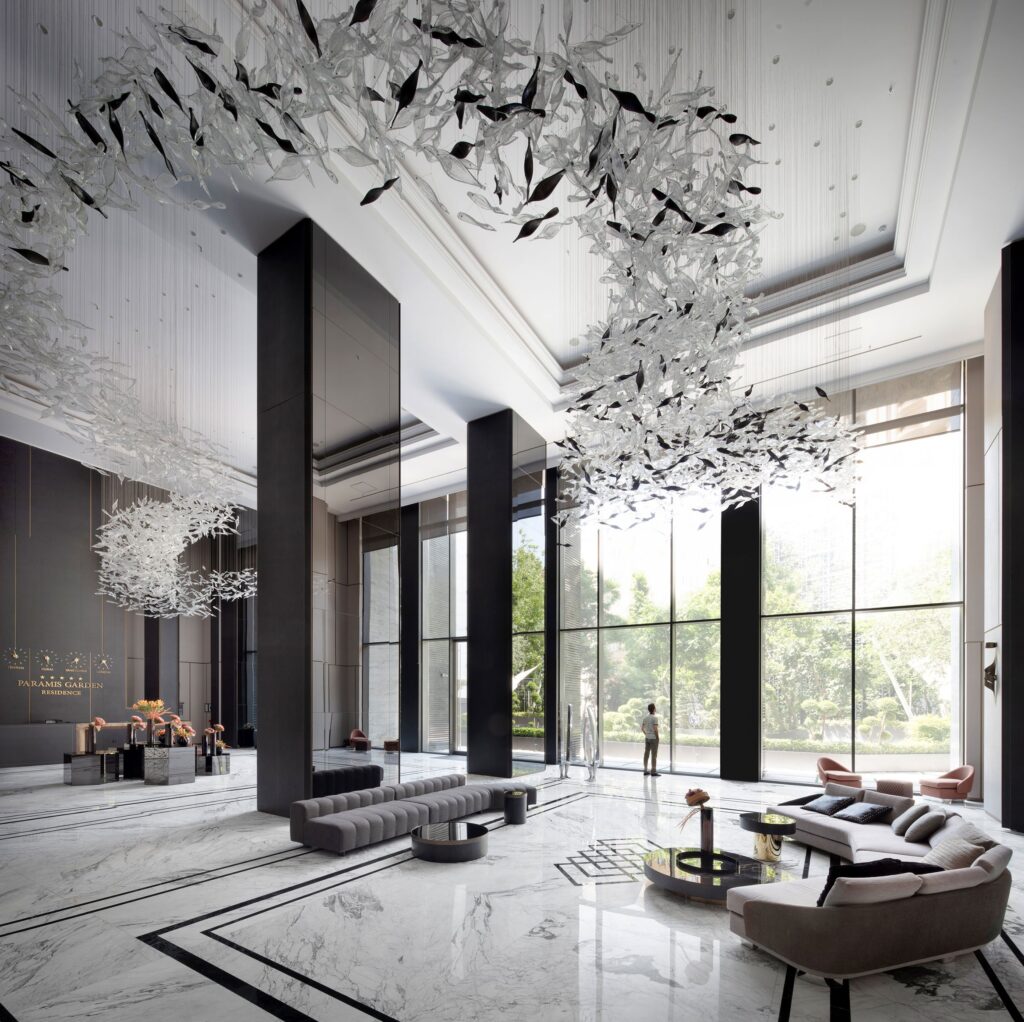
Studies claim that homes with professional photos sell faster and at higher prices. Well [that’s not what I studied].
Sure, it’s true in some cases. But what I’ve come to realize is this: a new kind of so-called “luxury” space is emerging in Toronto’s housing market, and as a photographer, it leaves very little room for artistic expression.
These homes are often polished, staged, and designed to impress, yet they somehow all end up looking… the same. I can shoot three of them back to back and already feel like I’ve exhausted the creative possibilities. The compositions, the materials, the light [it’s déjà vu with every listing].
What keeps me going is not the space itself, but the love I have for the craft. It’s that desire to create at least one image that feels different, one frame that makes you pause, think, or feel something. If I can do that, even in a sea of sameness, then it was worth picking up the camera.
3. Showcasing Property Features or Feelings?
Here’s where that unique perspective I’ve been talking about really comes into play.
If I can combine the physical features of a property with compositions that hold emotional weight, the result is an image that resonates, with everyone. Whether it’s expansive windows framing the skyline, carefully considered kitchen upgrades, or a generous outdoor space that invites pause, the goal isn’t just to show features. It’s to translate a feeling.
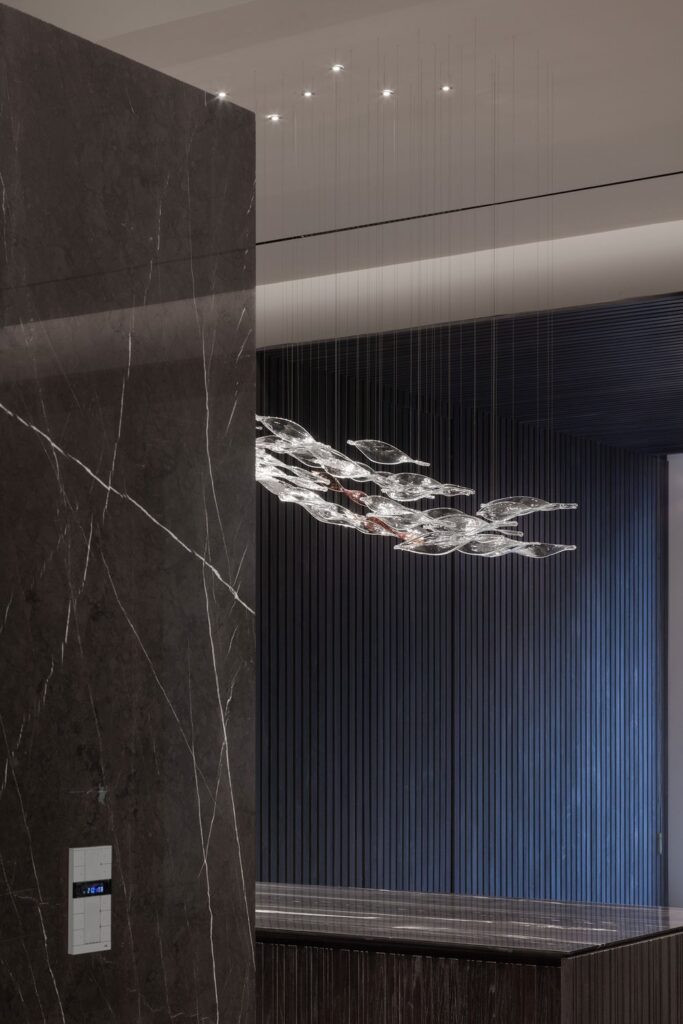
This kind of thoughtful photography helps viewers do more than scroll—it helps them visualize the experience of being there. It invites them to imagine themselves living in the space, not just looking at it.
4. Increased Online Engagement
With the rise of social media marketing in real estate, only images with true design value cut through the noise. Platforms like Instagram and Facebook aren’t just content dumps, they’re visual marketplaces. And in that space, aesthetic matters.
To the realtors chasing trends or hoping for a viral moment: I’d strongly encourage a shift toward professional interior photography, not just the usual checklist-style real estate shots. Thoughtfully composed images not only elevate the listing, they spark more engagement. More impressions, more shares, more inquiries… and ultimately, more serious buyers.
Some Technical Key Elements of “Exceptional” Real Estate Photography!
1. Proper Lighting
Natural light brings out the best in a home—it makes a space feel warm, real, and inviting. A professional photographer knows how to strike the right balance between soft natural light and subtle artificial lighting to ensure every room looks just right, without feeling over-produced or sterile.
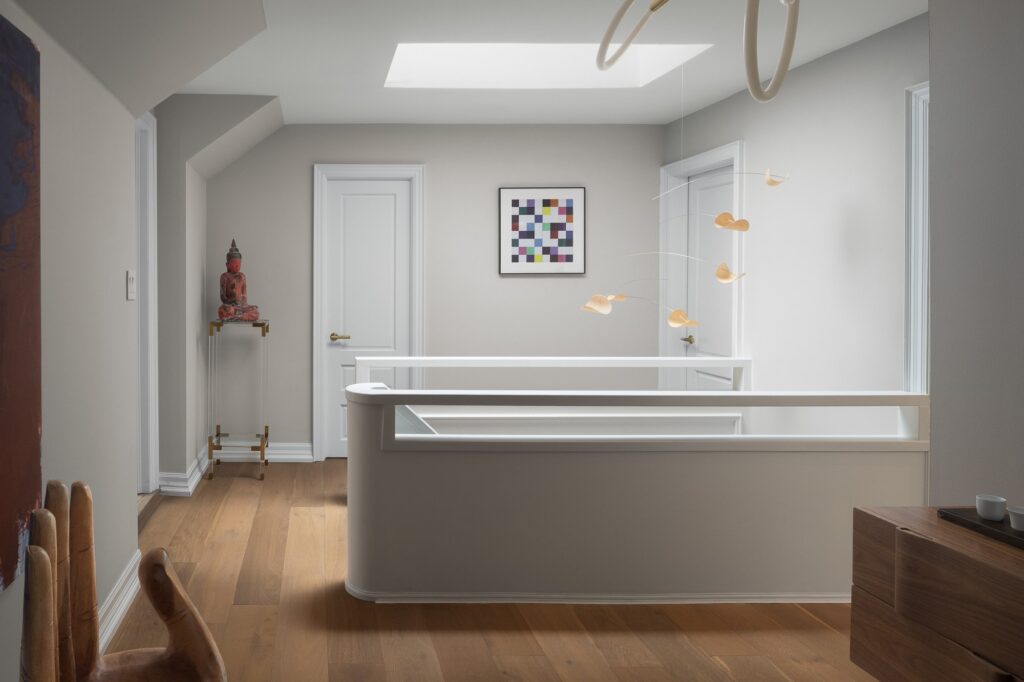
2. No to Wide-Angle Shots
Wide-angle lenses often kill the intimacy of a space. That magic moment, when the photographer composes a shot that actually feels like being there, is lost when the goal becomes making everything look bigger than it is.
Instead of stretching reality, focus on framing that encapsulates the meaning and beauty of the property. Especially in Toronto’s condos and apartment interiors, it’s much more effective to shoot with a 35mm [or at most, a 24mm] lens. Please, stop chasing size. Start chasing truth in the frame.
3. Staging and Composition
A well-composed photo isn’t just about what’s in the frame, it’s about what’s not there. A clutterfree, intentional setup allows the viewer to imagine their own life in the space. Whether working with a professional stager or guiding the setup yourself, the goal should always be to showcase the property’s character, not just its square footage.
4. Aerial and Drone Photography
For properties with spacious lots, curated landscapes, or a unique location, drone photography can reveal the bigger story. These shots offer a sense of connection—between the home and its surroundings, its relation to parks, cityscapes, or water views, and help showcase curb appeal from a perspective that’s both cinematic and informative.
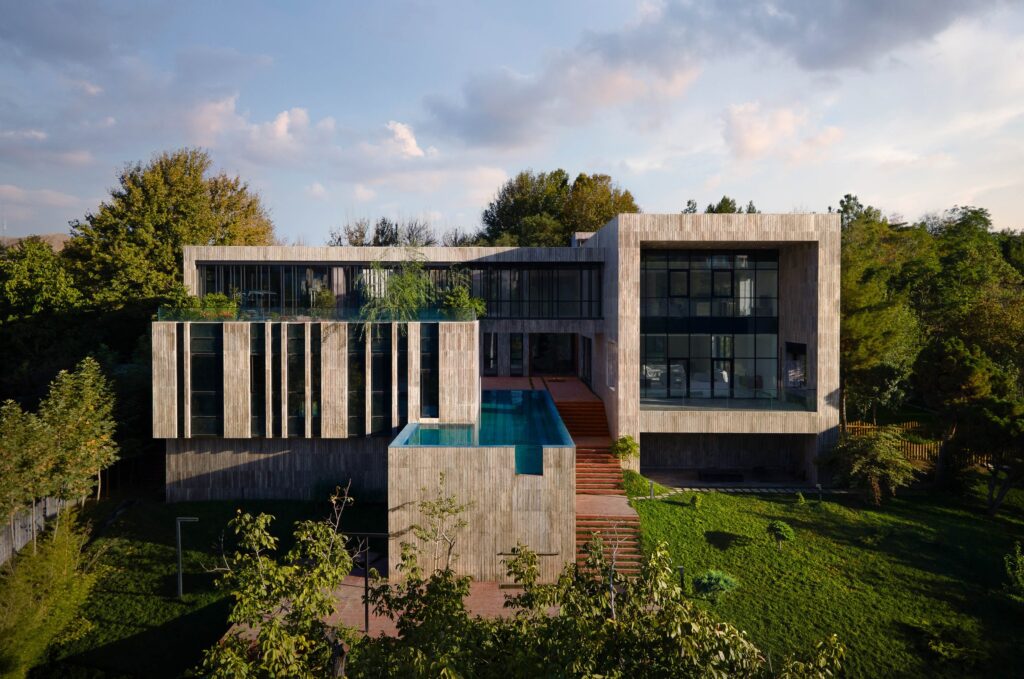
5. The Deal with Virtual Tours & 3D Photography
With tech evolving rapidly, virtual tours and 3D walkthroughs have become staples in real estate marketing. Personally, I’m not drawn to tools that lack artistic presence or emotional depth—but I acknowledge their utility. These formats allow buyers, especially those from outside the city or country, to explore a property remotely.
That said, I believe much of this content will soon be generated by AI-powered, operator-free systems. Which begs the question: Will these experiences still feel human?
FAQ: Toronto Real Estate Photography
Q1: How much does professional real estate photography cost in Toronto?
The typical, cookie-cutter real estate photography (the kind with little to no authenticity or artistic depth) usually falls in the range of $300 to $500+ per session.
However, if you’re investing in genuine interior photography that truly captures the character and uniqueness of a home or property, that’s a different ballgame entirely. It’s about investing in more than just the “picture”, it’s about creating something that resonates with potential buyers and tells the story of the space.
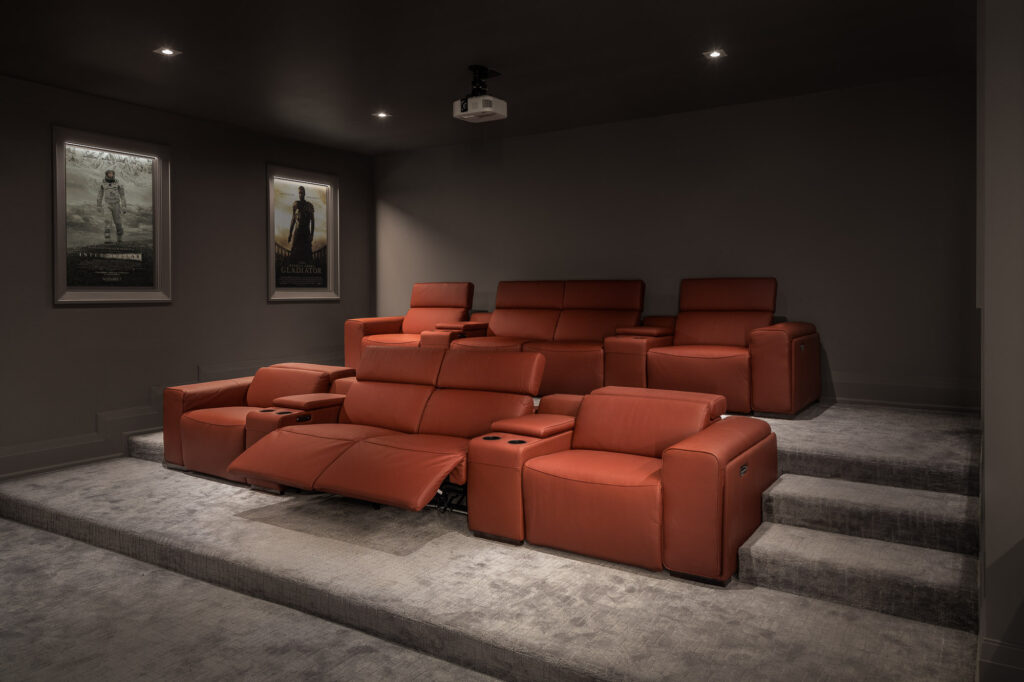
Q2: Is real estate photography worth the investment?
Absolutely. Thoughtfully composed photos don’t just attract more buyers, they help sell homes faster and, often, at higher prices. For real estate agents and homeowners alike, the return on investment is often significant. It’s not just about putting a property on display, it’s about creating an emotional connection that moves people to act.
Q3: How can I prepare my home for a photoshoot?
To ensure the best possible results, here’s a checklist:
- Choose a sunny day: Natural light can make all the difference.
- Declutter and remove personal items: Clean, minimal spaces allow buyers to imagine themselves in the home.
- Clean windows, floors, and surfaces: A polished look starts with the basics.
- Add fresh flowers and distinguished decorative elements: These small touches bring warmth and life to the space.
- Check all lights and ensure they’re working: Consistent, warm lighting enhances the mood and makes everything feel inviting.
- Adjust curtains or blinds: Make sure they’re neat and let in the right amount of light, or close them if they’re distracting.
Q4: How long does a real estate photography session take?
A typical session usually lasts 1 to 2 hours, depending on the size of the property and the number of rooms being photographed. However, for more authentic, in-depth interior photography that truly captures the essence of the space, sessions can take between 4 to 8 hours.
Q5: Do I need drone photography for my property?
If your property features a unique outdoor area, expansive lot, or stunning surroundings, drone photography can add significant value. It offers a perspective that captures the full scale and beauty of your property, from the yard to its relationship with the landscape.
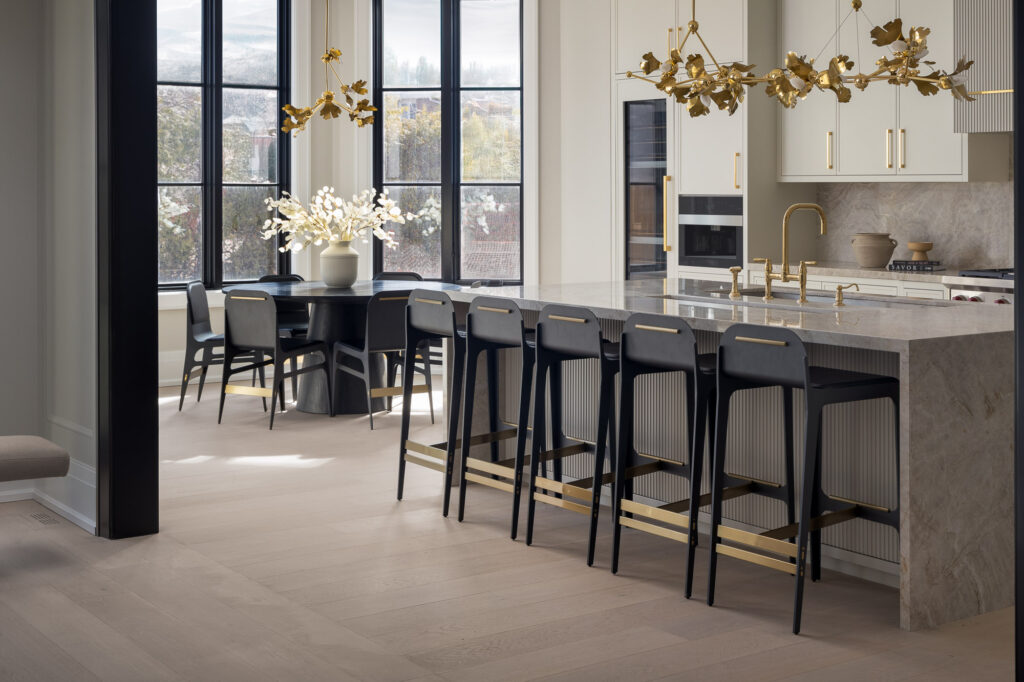
Conclusion
Overall, if you’re serious about making a lasting impact on your career and brand as a real estate agent, I highly recommend investing in well-thought-out interior photography over cheap, easily replicable phone images. High-quality interior photos not only elevate your listings but can also go viral within the design and architecture community on social media, expanding your connections and relationships.
In a fast-moving real estate market like Toronto’s, standing out is crucial. Whether you’re a homeowner, real estate agent, or developer, investing in exceptional interior photography is a smart choice that delivers tangible results.
Ready to showcase your property at its best? Invest in professional Toronto residential photography today and make a lasting impression on potential buyers!
